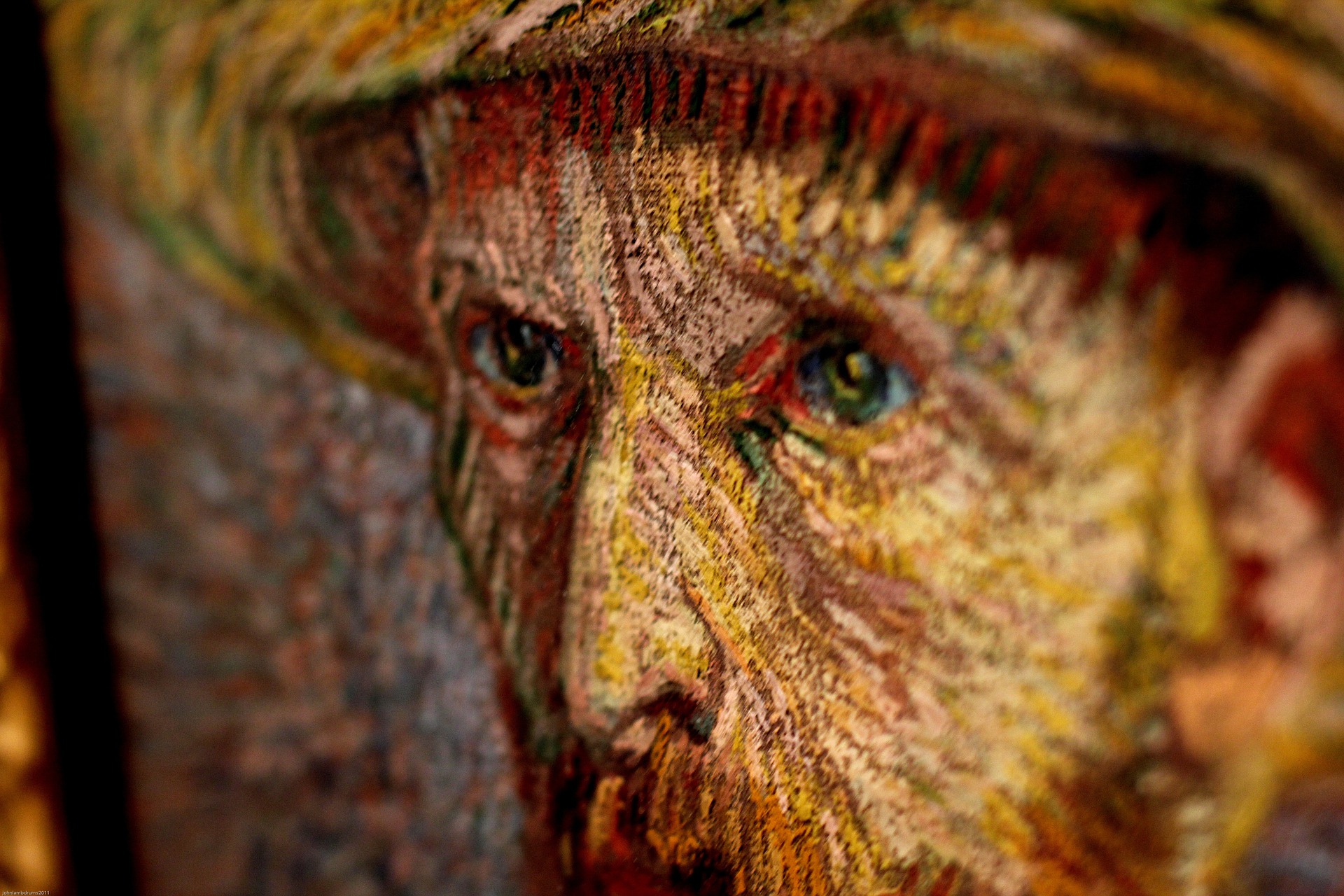News blog - artistravel international
The Van-Gogh-Tragedy
We all know Van Gogh’s artworks, canvasses filled with bright colours – yet his world was probably dark and drab. How is life ended is as famously told as his artworks are popular: Cutting off part of ear, spending quite some time in an asylum and ending his life at own terms, being all lonely. But how did it come that far?
Vincent Van Gogh (1853- 1890) is one of the most famous sample artist for his fascinating art. Unfortunately he also battled depression and difficult mental health problems. Experts assume that he suffered from manic depression, schizophrenia, psychotic episodes and some sort of epilepsy. It is difficult to tell what exactly caused Van Gogh’s mental health issues, but if we take a look at the time he was alive it seems to be evident: People just had to be functional. Regarding life in the 19th century, there were nearly no opportunities to express and fulfill yourself. Life was not easy during that time - Living meant working in order to survive. Van Gogh struggled from poverty and dysfunctional relationships. Even the relationships in his family have been rather toxic. His parents, for instance, pressured him to get a well-paid job to increase the family income and since he did not succeed in making money, he was thrown out of his parents' house consequently. Lately he moved in with his brother, Theo, who took care for him both financially and personally. Van Gogh had very intense crushes and relationships, the love of his life was believed to be a prostitute named Cienne, with whom he also lived - and had to split up with because of his family after a few years. In the end, he had an extremely difficult and co-dependent relationship with Paul Gauguin; who emotionally abused Van Gogh. Perhaps their last argument was a main reason for Van Gogh to injure and disfigure himself by cutting off his ear.
But what exactly made his relationships so unstable? It is likely to think that he had always been in despair, because he felt like he could not please anyone in his social environment. All the relationships he had were intense and he was always intensively committed to his loved ones.
Van Gogh and Gauguin lived together in “the yellow house”, in Arles, France. This house also inspired van Gogh for some of his artworks. After Gauguin had received many invitations from Van Gogh, he finally decided to visit him and also move in. You know the famous painting “Sunflowers” by Van Gogh, don’t you? It was a gift to Gauguin back then actually, to welcome him to “the yellow house”. Gauguin was eccentric, judgemental, dominant and very convinced of himself and his art. Moreover was he convinced, that he was better than Van Gogh. Most of the time they argued about that - while Vincent wanted to start an art colony and just share his passion for art with other people, Gauguin did not want any other artist around him. Maybe he wanted to make sure there were no other rivals? We will never know. Something we can only speculate on is, whether these two were part time lovers or not. Whether these speculations correspond the truth or not, they shared an extraordinary relationship - not only an intense one, but also absolutely toxic, abusive and co-dependent. After their last argument Van Gogh was more emotionally unstable than ever. Gauguin left “the yellow house”, and Van Gogh could not handle this loss. He did not want Gauguin to leave, which then was the turning point for Van Gogh to desperately harm himself and sadly make it one of his most distinctive marks. Impulsively, he cropped off his ear.
Seeking help and feeling lost
Right after cutting off his ear, he fawned upon a prostitute to hand her his ear. Still bleeding - and being on the verge of collapsing - the police took him to an asylum. Finally, after all he had been through, he was ready to accept help. From 1889 to 1890, Van Gogh was hospitalised in Saint-Remy de Provence, where he created 142 of his most famous works, as for example "Starry Night". After his time at the asylum he moved nearer to his brother Theo. He took him to Dr.Gachet, who loved art and wanted to take care of Vincent. His mental health conditions got worse regardless of Dr.Gachets help. He felt completely lost. The more time went by, the more depressed he got. On 29th July 1890, Vincent Van Gogh took a walk to a field, which had always inspired him before. He did not take any painting tools with him, because he knew it was supposed to be his last walk. In a place he always creatively lost himself for moments, created countless colourful artworks for world’s art-history, he sadly committed suicide by shooting himself in the stomach. He was still able to crawl back to his home - but died later on, right in front of the house. Not only did he die of suicide - but of depression.
Although he might never know: Vincent Van Gogh sustainably affected our world with his countless great atworks. We do not know what would have happened if mental health has not been a taboo back then which, again, underlines how important awareness towards mental health is.
Posted in Artists on Jul 12, 2019


